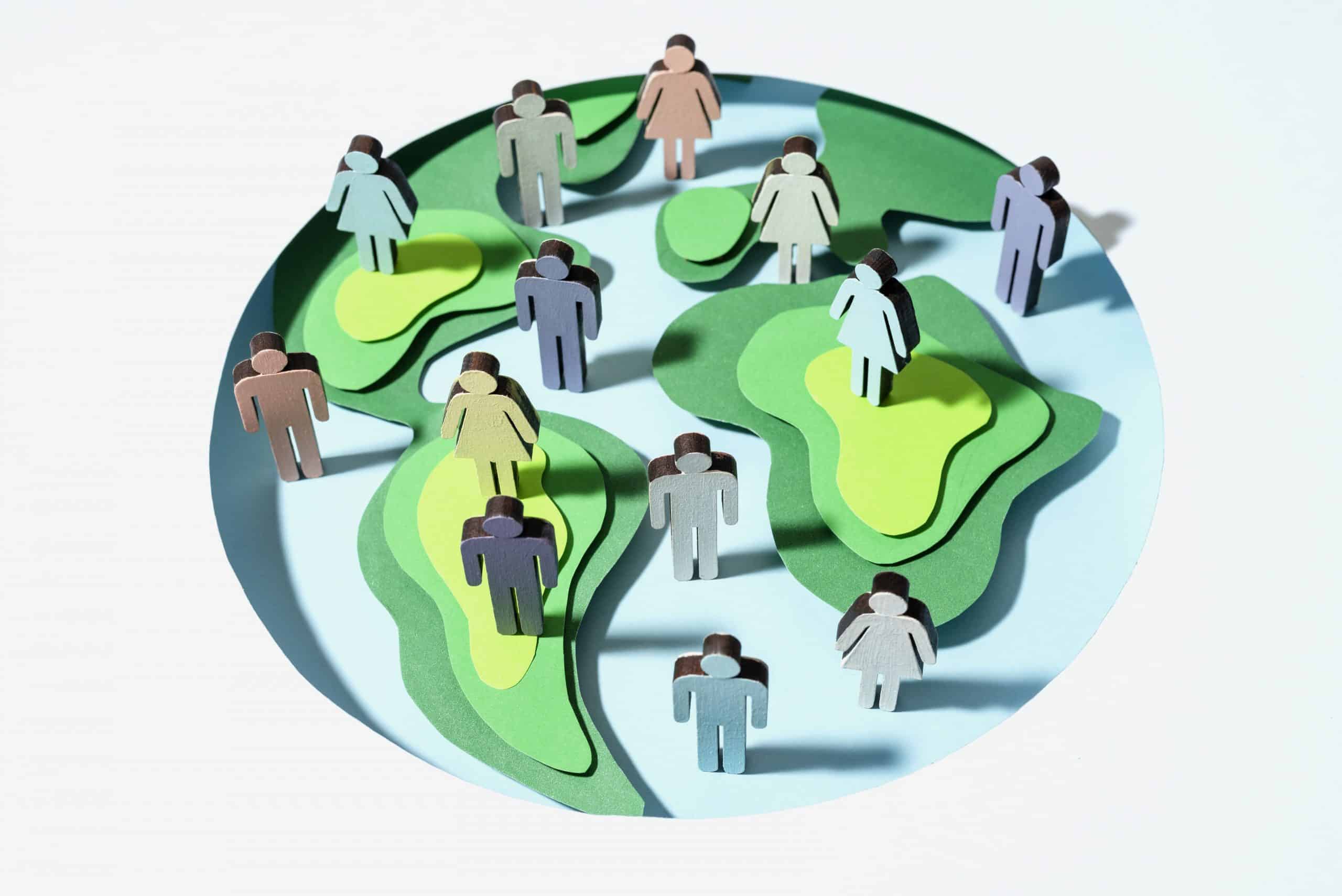In their latest report they detailed that India is set to become the most populated country in the world, overtaking China for the top spot in 2023.
It was estimated in 2019 that India had a population of 1.37 billion and China had 1.43 billion.
The UN has said that despite slow growth rates, the population will continue to grow, reaching a peak of 10.4 billion in 2080 where it will remain until 2100.
But for the moment, the growth rate has dropped by one per cent in 2020 which was largely contributed to the pandemic and low fertility rates over the past few decades.
“Global life expectancy at birth fell to 71 years in 2021 (down from 72.9 in 2019) and, in some countries, successive waves of the pandemic may have produced short-term reductions in numbers of pregnancies and births,” the UN said.
According to the UN, two-thirds of the global population live in a country where the birth rate is 2.1 births per women and that people in over 61 countries will see their population decrease by one per cent in the next 30 years.
Increases in population are expected to be focused on eight countries that include Egypt, Ethiopia, India, Nigeria, and Pakistan plus more.

By this time, there will be twice the number of people over the age of 65 than there will be children aged five and under.
Bringing it back home, the UN says that population of Australia and New Zealand will rise to 38 million by 2050, reaching 34 million by 2030.
Women are also expected to outlive men by 2.9 years but that the population growth rate will slow down but still have a positive growth.
The UN has indicated that lower fertility rates could be key in preventing further overpopulation.
“Nevertheless, the cumulative effect of lower fertility, if maintained over several decades, could be a more substantial deceleration of global population growth in the second half of the century,” said John Wilmoth, Director of the Population Division of the UN Department of Economic and Social Affairs (DESA).






